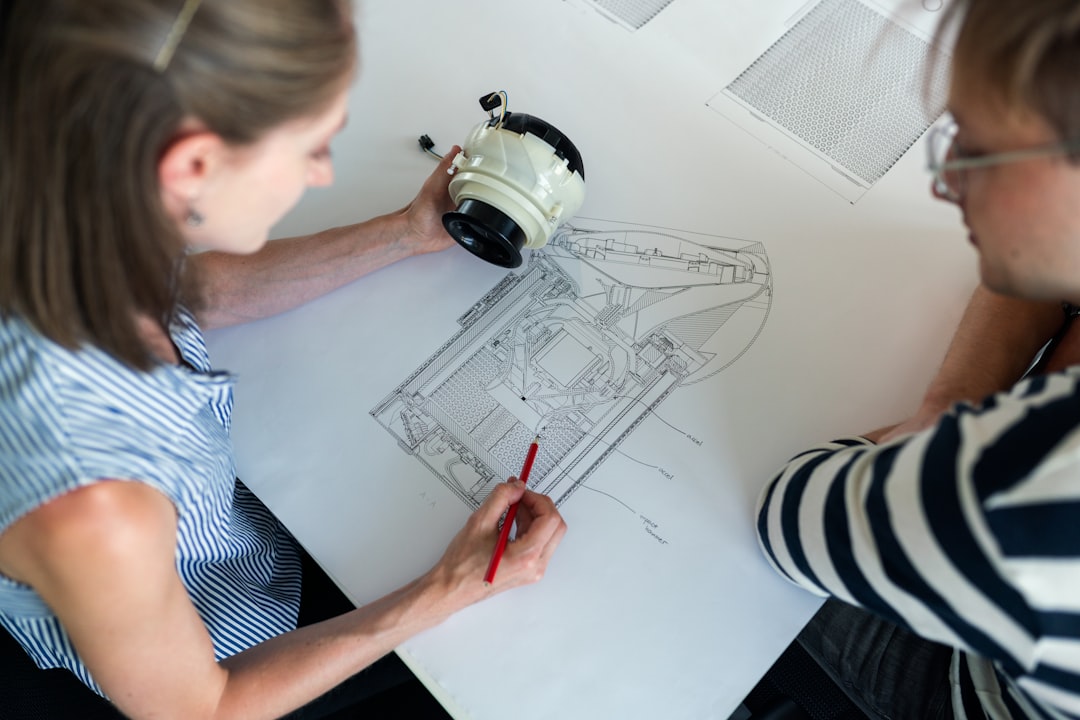Civil engineering has always been a rapidly evolving field with advancements in technology constantly changing the way construction projects are designed and completed. The latest trends in civil engineering construction are no exception, with new innovations revolutionizing the industry and shaping the way buildings and infrastructure are constructed.
One of the most prominent trends in civil engineering construction is the use of sustainable and eco-friendly building materials. With climate change becoming a growing concern, construction companies are increasingly turning to materials that have a lower environmental impact. This includes using materials that are recycled, renewable, or have a lower carbon footprint compared to traditional materials. For example, some companies are using recycled steel or bamboo for structural elements, and incorporating solar panels or green roofs to reduce energy consumption.
Another trend that is gaining popularity in civil engineering construction is the use of Building Information Modeling (BIM) technology. BIM is a digital representation of a building’s physical and functional characteristics, which allows for more efficient planning, design, construction, and management of buildings and infrastructure. By using BIM technology, engineers can visualize the entire project in 3D, making it easier to identify potential issues and optimize the design before construction begins. This helps reduce costs and construction time, while also improving the overall quality of the project.
In addition to sustainable materials and BIM technology, another trend in civil engineering construction is the use of prefabrication and modular construction methods. Prefabrication involves constructing building components off-site in a controlled environment and then assembling them on-site, while modular construction involves using standardized modules that can be easily connected together to create a larger structure. These methods can significantly reduce construction time and costs, while also improving the quality and consistency of the final product.
Robotics and automation are also making waves in the civil engineering construction industry. Robots are being used to perform a variety of tasks on construction sites, from bricklaying and concrete pouring to demolition and excavation. These robots are not only faster and more efficient than human workers, but they also improve safety by taking on dangerous or repetitive tasks. In addition, drones are being used for surveying and monitoring construction sites, providing real-time data to project managers and engineers.
The use of artificial intelligence (AI) and machine learning is another trend that is shaping the future of civil engineering construction. AI can analyze massive amounts of data to optimize construction schedules, predict potential risks, and improve decision-making processes. Machine learning algorithms can also be used to optimize building designs, automate construction processes, and even predict future maintenance needs.
Virtual and augmented reality technologies are also being integrated into civil engineering construction projects. Virtual reality allows engineers and architects to visualize the building in 3D and walk through it before construction begins, providing a better understanding of the design and layout. Augmented reality, on the other hand, can overlay digital information onto the real world, allowing construction workers to see detailed instructions and data directly on-site.
Lastly, sustainability and resilience are becoming increasingly important considerations in civil engineering construction. With the impacts of climate change becoming more apparent, buildings and infrastructure need to be designed to withstand extreme weather events and minimize environmental impacts. This includes using materials and construction techniques that are resilient to natural disasters, as well as incorporating green infrastructure to manage stormwater and reduce heat island effects.
In conclusion, the latest trends in civil engineering construction are revolutionizing the way buildings and infrastructure are designed and constructed. From sustainable materials and BIM technology to robotics and AI, the industry is embracing new innovations to improve efficiency, reduce costs, and create more resilient and sustainable structures. As the field continues to evolve, it is clear that these trends will play a crucial role in shaping the future of civil engineering construction.


